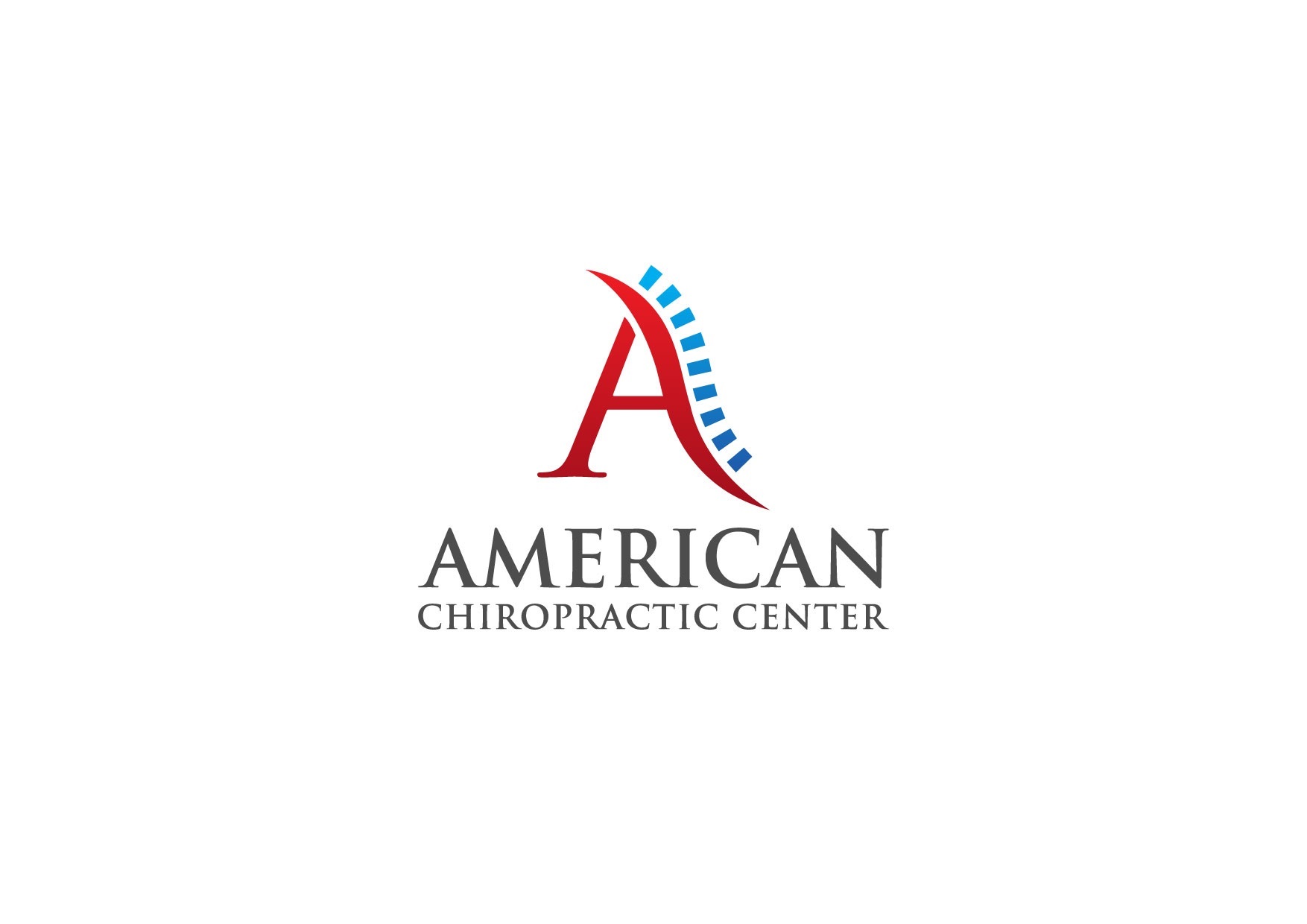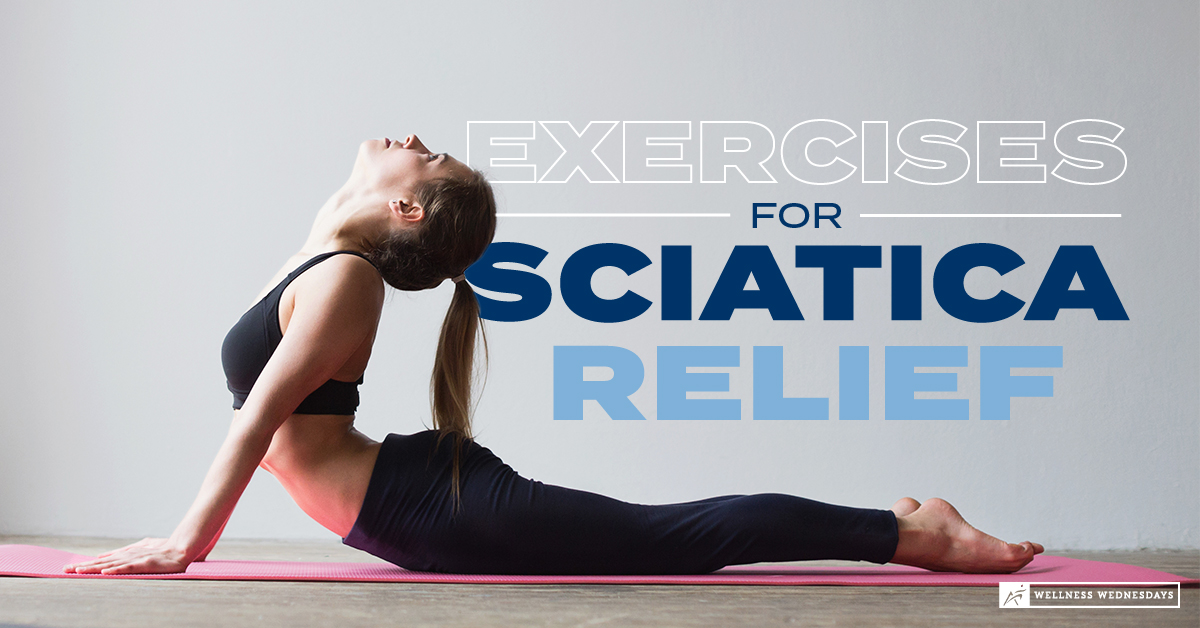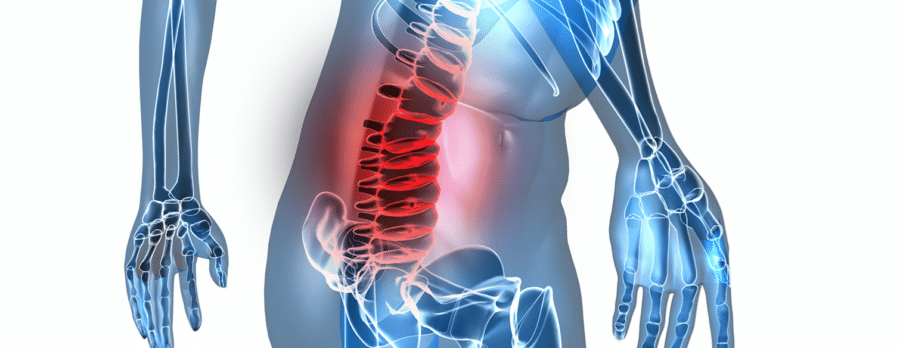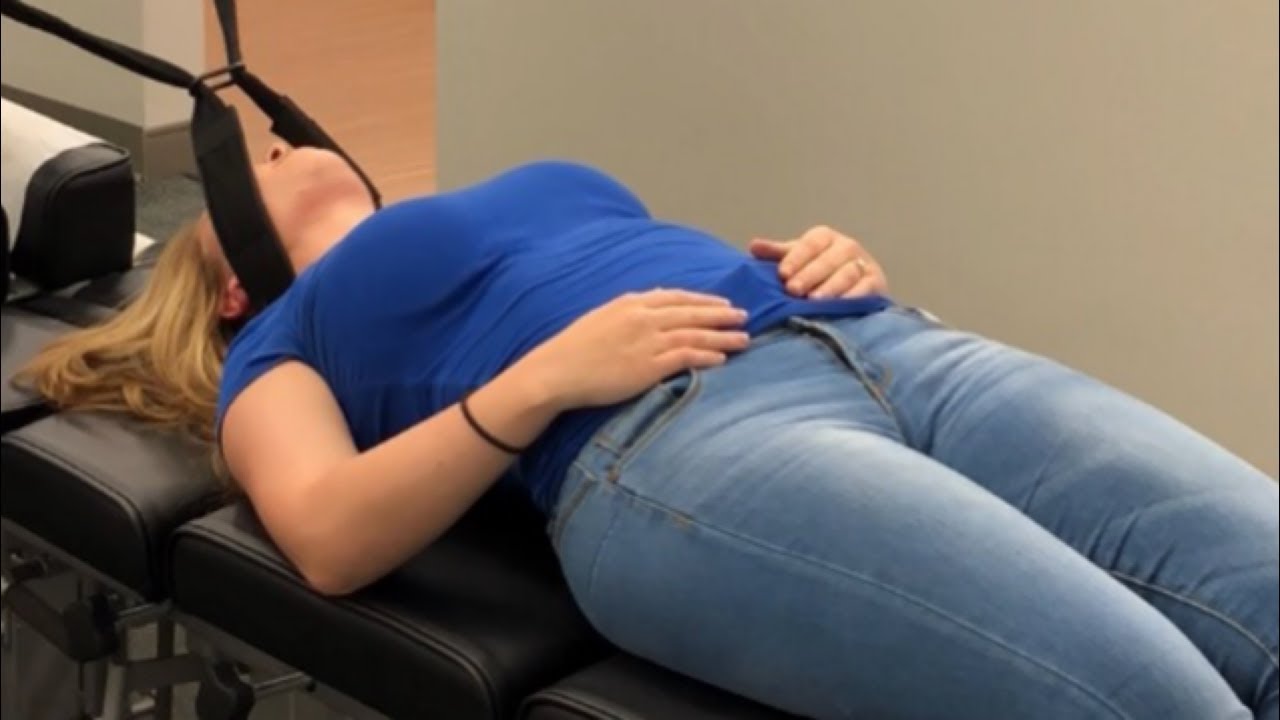Neck Pain
Researchers are developing concussion tools to help find those at high risk for persistent symptoms

Melissa Couto Zuber, The Canadian Press
Published Thursday, July 8, 2021 3:09 PM EDT
Last updated Thursday, July 8, 2021 3:55 PM EDT
Annalize Mathers can’t remember the fall that caused a concussion on a ski mountain four months ago, but she can remember the confusing feelings that followed.
The 28-year-old from Toronto was cut off by two snowboarders during a downhill run in March and flew awkwardly over a hill into a patch of snow. While Mathers didn’t feel particularly hurt when she came to, the headache she got that night suggested something was wrong.
Mathers was diagnosed with a concussion the next day, which marked the beginning of a four-month recovery process filled with unknowns, including how her symptoms would manifest and how long they would last.
“There was this added uncertainty in my life … not knowing how I was going to recover, when I was going to recover,” said Mathers. “You hear such incredibly diverse experiences with concussions, and it makes the recovery process really difficult to map.”
Researchers at the Unity Health Network in Toronto are working to provide clarity for concussion sufferers by using data from their latest study to develop a calculator that could help doctors assess who is at greater risk for persistent symptoms after a concussion, or PPCS Has.
The calculator, ideally used on adult patients when diagnosed, was unveiled Thursday by scientists at the KITE Research Institute of Toronto Rehab-UHN. It generates risk scores based on patients’ answers to five questions.
“We thought this might be helpful for clinicians to translate this into a simple calculator that they can (use) and say, ‘Okay, does the person in front of me have any risk factors for future long-term concussion symptoms?” Mark Bayley, the medical director of Toronto Rehab.
Research by Bayley and others, published Thursday in peer-reviewed journal PLOS Medicine, examined data from previous concussion patients in Ontario to determine who needed specialist medical care at least six months after their concussion.
The team found that 12.5 percent of patients had persistent symptoms after a concussion, although Bayley said the number is likely around 15 percent when you factor in those who had widespread symptoms but didn’t seek additional treatment.
The study suggests that people over 61 years of age and adults with “high levels of health care” are at higher risk in the year before their concussion, while those with a history of psychiatric disorders, anxiety, or depression are among the highest risk factors for PPCS.
“When people have pre-existing mental health problems and you then put a concussion on them, does that make them more vulnerable? Maybe their neurotransmitters are changing … and we have to be careful, ”Bayley said.
He added that a history of previous concussions “didn’t show up as strongly as (researchers) thought,” for those who might develop persistent symptoms.
PPCS can include debilitating physical, visual, cognitive, and / or emotional symptoms, including: headache, dizziness, neck pain, sensitivity to light, difficulty concentrating, absent-mindedness, and irritability. Anything beyond three months after the injury could be considered PPCS, Bayley said.
But what does a high-risk score on the computer mean for treatment?
Bayley said doctors are still trying to find better ways to help people through PPCS.
“We haven’t got that yet, but we believe we will follow them closely, try to manage their headaches a little better, train them appropriately, treat them earlier, advise them, relax … could probably lead to a reduction in the number of people.” with long-term symptoms, ”he said.
Mathers suffered from light and sound sensitivity almost daily headaches that sometimes prevented her from getting out of bed for the first two and a half months of her concussion.
She said she was now at the “end point” of her recovery, following a treatment plan that focused on symptom management and exercise and support from the Hull-Ellis Concussion and Research Clinic in Toronto.
Mathers called this support network a “pillar” of her recovery, particularly during the COVID-19 pandemic when social ties were severed.
“I think (the recovery process) can be very isolating, especially for people who may not know they have a concussion or know its severity,” Mathers said. “It has to do with the invisible nature of concussions – someone can look at you and not really know why you are struggling physically and mentally.”
Dr. Alice Kam, a member of the UHN research team who has been using the concussion calculator in her own practice for six months, said it can be frustrating for patients not to know how long their symptoms can last and frustrating for doctors who don’t to do. t always have answers to give.
“There are a lot of strangers with concussions,” said Kam. “So this computer will help us a lot with triage and give patients a certain level of security.”
This report by The Canadian Press was first published on July 8, 2021.

We understand how important it is to choose a chiropractor that is right for you. It is our belief that educating our patients is a very important part of the success we see in our offices.
Neck Pain
Re: Chronic Pain: Management focuses on the individual, not the pain.
Dear Editor
Chronic pain management focuses on the individual, not the pain.
I am very pleased with the review by Kang and colleagues [1]. I write as a spinal pain specialist whose patients had an average episode duration of pain pain of 2.5 years [2] for low back pain and 1.3 years for neck pain [3]. These studies confirm that Kang et. al. noted the significant extent of spinal and extraspinal pain, sleep disturbance, and psychological distress. I also recognize the ‘heartsinks’ who have seen many consultants for a variety of complaints, and those with hypersensitivity. I do accept that some patients need further investigations, but it can be done in a way that does not cause further anxiety. To ensure that intensive rehabilitation is not contraindicated. By showing a genuine interest in the family, job and interests of the individual, you can begin to build confidence and hope for the clinical path being recommended.
The review ignores trauma’s effects on some people, causing their pain to begin, and for others, a major factor. Thirteen percent of patients with neck pain who presented to my clinics had a traumatic origin with a missed break and significant psychological comorbidity. Subsequently, it became clear that post-traumatic distress (PTPD), [a term used because post-traumatic stress may require specialist knowledge for diagnosis] can be present in rheumatological practices [4] and with the increasing influx of refugees in the UK [5], more patients are being diagnosed with PTPD. This can have major effects on families [5]. PTPD is commonly seen in medicolegal situations where accidents have caused major destruction to the lives of individuals and their families, including divorce [6]; and is often associated mood disturbances [6].
Kang et. al. correctly mention that sleep disorders are important in the management chronic pain [1], however, two important aspects of a’sleep story’ must be identified. It is important to ask the individual what they are thinking about when they lie awake in bed at night. This may provide clues as to social or family stress. Second, you should ask about their nightmares and dreams, especially if they are unpleasant. These often involve reliving trauma or accidents. When asked about nightmares, people who deny any unpleasant memories during direct questioning may reveal clues. The presence of PTPD can be important because it opens up therapeutic opportunities with psychological support and medications.
My experience in rehabilitation medicine over the years has taught me that to fully assist our disadvantaged clients, social issues must be resolved before psychological issues, and psychological issues must be resolved before physical issues!
References
1. Kang Y et. al., Chronic Pain: Definitions and Diagnosis. BMJ (Clinical Research ed. ), 2023. 381: p. e076036.
2. Frank A. et al. A cross-sectional study of the clinical and psychosocial features of low back injury and the resulting work handicap: Use of the Quebec Task Force Classification. Int J Clin Pract, 2000; 54(10) p. 639-644.
3. Frank A, De Souza L and Frank C. Neck Pain and Disability: A Cross-sectional Survey of the Demographic and Clinical Characteristics of Neck Pain Seen in a Rheumatology Clinic. Int J Clin Pract 2005; 59(doi: 10.1111/j.1742-1241.2004.00237.x): p. 173-182.
4. McCarthy J. and Frank A. Posttraumatic psychological distress can present in rheumatology. BMJ 2002. 325(27 July): p. 221-221.
5. Frank A. Refugee status: a yellow-flag in managing back pain. BMJ 2007;334(13 Jan): p.58-58.
6. Frank A. Psychiatric effects of road traffic accidents: often disabling, and not recognised (letter). BMJ 1993, 307(13th Nov): p.1283.

We understand how important it is to choose a chiropractor that is right for you. It is our belief that educating our patients is a very important part of the success we see in our offices.
Neck Pain
Landmark Trial: Opioids No Better Than Placebo for Back Pain
The first randomized controlled study testing the efficacy of a short course opioids for acute nonspecific neck/low back pain suggests that opioids do not relieve acute neck or low back pain in the short-term and can lead to worse outcomes over the long-term.
After 6 weeks there was no significant difference between the pain scores of patients taking opioids and those who took a placebo. After one year, the pain scores of patients who received placebos were slightly lower. After 1 year, opioid users were also at a higher risk of opioid abuse.
Senior author Christine Lin, Ph.D., from the University of Sydney told Medscape Medical News that this is a “landmark trial” with “practice changing” results.
Lin explained that “we did not have any good evidence before this trial on whether opioids are effective for acute neck or low back pain, but opioids are one of the most commonly prescribed medicines for these conditions.”
Lin stated that based on these results “opioids shouldn’t be recommended at any time for acute neck and low back pain,”
The results of the OPAL study have been published online in The Lancet on June 28.
Rigorous Test
The trial was conducted at 157 primary care and emergency departments in Australia, with 347 adults who experienced low back pain or neck pain for 12 weeks or less.
They were randomly allocated (1:1) to receive guideline-recommended care (reassurance and advice to stay active) plus an opioid (oxycodone up to 20 mg daily) or identical placebo for up to 6 weeks. Naloxone is given to prevent opioid-induced constipation, and to improve blinding.
The primary outcome was the pain severity at six weeks, as measured by the pain severity subscale (10-point scale) of the Brief Pain Inventory.
After 6 weeks of opioid therapy, there was no difference between placebo and opioid therapy in terms of pain relief or functional improvement.
The mean pain score was 2.78 for the opioid group at 6 weeks, compared to 2.25 for the placebo group. (Adjusted median difference, 0.53, 95% CI -0.00 – 1.07, P=.051). At 1 year, the mean pain scores of the placebo group were lower than those of the opioid group (1.8 and 2.4).
The risk of opioid misuse was doubled at 1 year for patients randomly assigned to receive opioid therapy during 6 weeks as compared to those randomly assigned to receive placebo during 6 weeks.
At 1 year, the Current Opioid Use Measure (COMM), a scale that measures current drug-related behavior, indicated that 24 (20%) patients from 123 patients who received opioids, were at risk for misuse. This was compared to 13 (10%) patients from 128 patients in a placebo group ( p =.049). The COMM is a widely-used measure of current aberrant drug related behavior among chronic pain patients who are prescribed opioid therapy.
Results Raise “Serious Questions”
Lin told Medscape Medical News that “I think the findings of the research will need to be distributed to doctors and patients so they receive the latest evidence on opioids.”
“We must reassure doctors and their patients that the majority of people with acute neck and low back pain recover well over time (normally within 6 weeks). Therefore, management is simple – stay active, avoid bed rest and, if needed, use a heat pack to relieve short term pain. Consider anti-inflammatory drugs if drugs are needed,” Lin added.
The authors of the linked comment state that the OPAL trial raises serious questions regarding the use of opioids for acute neck and low back pain.
Mark Sullivan, MD PhD, and Jane Ballantyne MD, from the University of Washington in Seattle, note that clinical guidelines recommend opioids to patients with acute neck and back pain when other drugs fail or are contraindicated.
As many as two thirds of patients may receive an opioid for back or neck pain. Sullivan and Ballantyne say that it is time to reexamine these guidelines.
The National Health and Medical Research Council (NHMRC), the University of Sydney Faculty of Medicine and Health (University of Sydney Faculty of Medicine and Health) and SafeWork SA funded the OPAL study. The authors of the study have not disclosed any relevant financial relationships. Sullivan and Ballantyne have served as board members of Physicians for Responsible Opioid Prescribing (unpaid), and paid consultants for opioid litigation.
Lancet. Online published June 28, 2023. Abstract
Join us on Facebook or Twitter for more Medscape Neurology News.

We understand how important it is to choose a chiropractor that is right for you. It is our belief that educating our patients is a very important part of the success we see in our offices.
Neck Pain
‘I tried acupuncture for back and neck pain even though I’m afraid of needles–and it’s literally the only thing that’s ever worked’

We understand how important it is to choose a chiropractor that is right for you. It is our belief that educating our patients is a very important part of the success we see in our offices.
-

 Sciatica3 years ago
Sciatica3 years agoSciatica exercises pictures – Best Exercises For Sciatica Pain Relief
-

 Sciatica4 years ago
Sciatica4 years ago10 Piriformis Stretches to Alleviate Sciatica, Hip, and Lower Back Pain
-

 Sciatica4 years ago
Sciatica4 years agoCan your sciatic nerve cause abdominal pain
-
Chiropractor Near Me9 years ago
The best ways to Find the very best Chiropractor Near Me?
-

 Sciatica3 years ago
Sciatica3 years ago5 Best Cream for Sciatica Pain
-
Chiropractor Near Me9 years ago
Looking for a Chiropractor In My Area?
-

 Sciatica4 years ago
Sciatica4 years agoHow to Sleep with Lower Back Pain and Sciatica Nerve Pain Relief At Night
-

 Sciatica4 years ago
Sciatica4 years agoAcupressure points for sciatica












